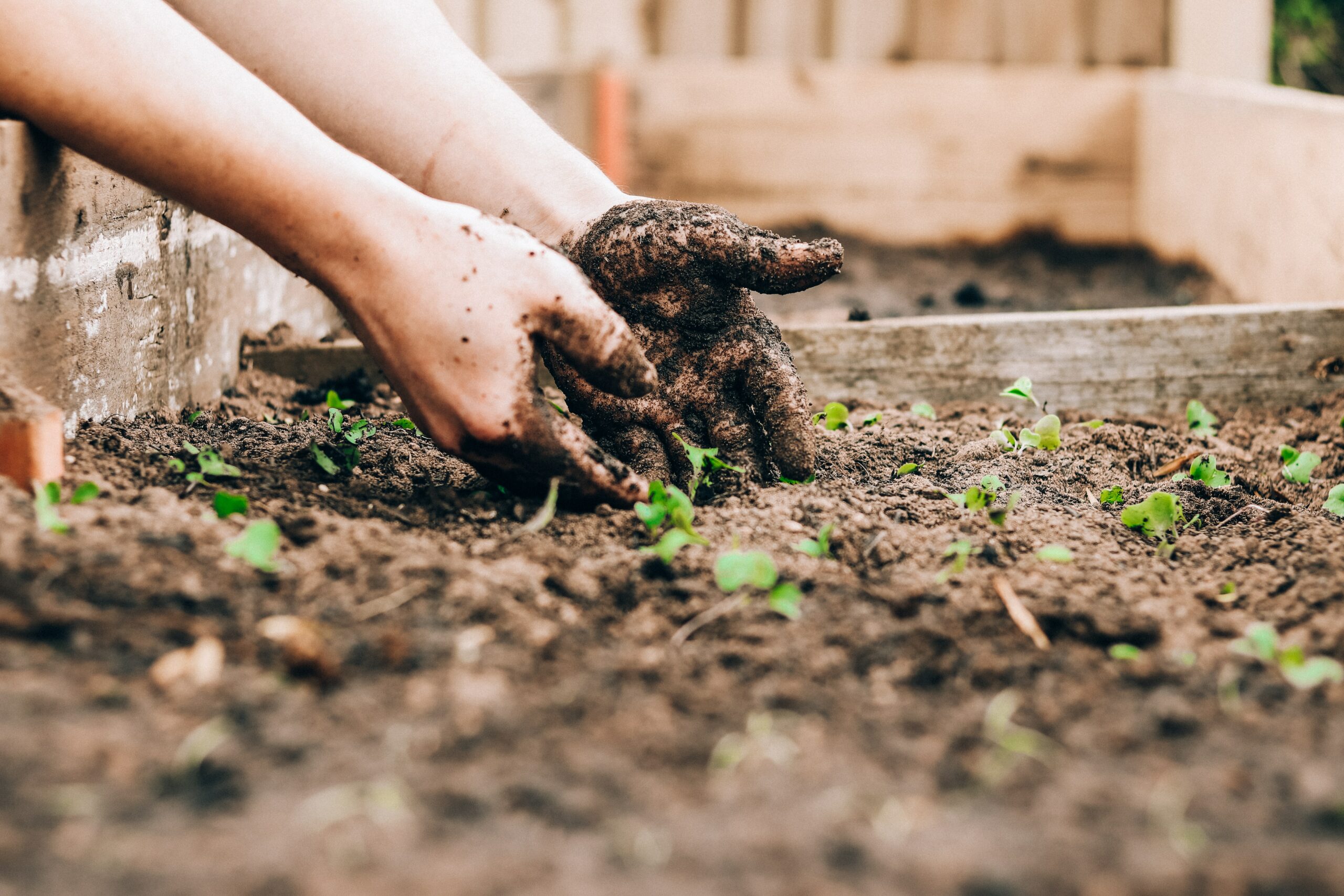Spring Gardening: Cultivate Health and Prevent Injury
As we bid farewell to winter and welcome the coming of spring, many of us are eager to get back to our gardens. Gardening not only brings us joy but also offers a multitude of physical and mental health benefits. However, it’s essential to approach this beloved pastime with some guidance on how to avoid injury. In this blog post, we’ll explore the incredible benefits of gardening and share four essential tips to ensure you cultivate health, not injury.
Gardening for Physical and Mental Well-Being
Gardening offers a holistic approach to health, benefiting both the body and the mind.
Physical Benefits: Gardening is an excellent form of physical activity. From digging and planting to weeding and pruning, these activities engage various muscle groups, promoting strength and flexibility. Regular gardening can also improve cardiovascular health and aid in weight management.
Mental Benefits: Beyond the physical, gardening provides significant mental health advantages. It’s a natural stress reliever, promoting relaxation and reducing stress levels. Engaging in gardening activities has been shown to improve mood, reduce symptoms of depression and anxiety, and encourage mindfulness and presence in the moment. The sense of accomplishment derived from successfully cultivating plants boosts self-esteem.

Now that you’re aware of the incredible advantages of gardening, let’s explore four crucial tips to ensure you enjoy these benefits without risking injury.
4 Tips for Safe Spring Gardening
1. Don’t Do Too Much, Too Soon
After a winter of reduced physical activity, it’s essential to practice graded exposure when returning to gardening. Avoid doing too much, too soon, as this can lead to overexertion and injury. Start with shorter gardening sessions and gradually increase the time spent in the garden as your body adapts. There may be some specific exercises your osteopath can prescribe to ensure any weaknesses are addressed before you ramp up your gardening intensity.
2. Pacing
Break up your gardening tasks across multiple days or set frequent rest breaks. Pacing yourself allows your body to recover and reduces the risk of strain or fatigue. Making hay while the sun shines is a youngun’s game. Remember, gardening is not a race.
3. Preparation
Ensure you have the right tools for the job. Invest in ergonomic gardening tools that reduce strain on your body. Set up tables, stools, and kneeling pads to minimise bending and kneeling. Soften the ground before digging to make the task easier on your back and joints.
4. Recovery
After a day of gardening, don’t forget to prioritize recovery. Stretch to relieve muscle tension, stay hydrated, and maintain a healthy diet. Adequate sleep is crucial for muscle recovery. If you experience any discomfort or pain, consider seeking osteopathy treatment to address any issues promptly.
Garden Away!
As you embrace the beauty of spring and indulge in the joys of gardening, remember to prioritise your physical and mental well-being. By practicing these tips and taking care of yourself, you can savour the delights of gardening while ensuring a healthy and injury-free season ahead.
If you’re eager to cultivate health and need any guidance or have concerns about your physical well-being, don’t hesitate to reach out to us at POAH. Our experienced osteopaths are here to support you on your gardening journey, ensuring you stay in tip-top shape and enjoy every moment in your garden. Happy gardening!

